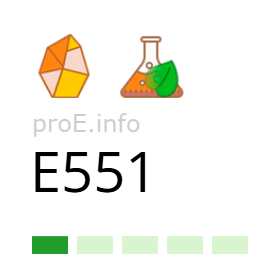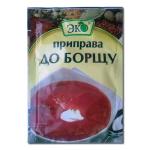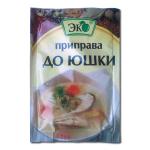
Other names for the additive (synonyms)
General Information
Silicon dioxide (additive E551) is a colorless crystalline substance with high hardness and strength. In nature, it is found as quartz, which makes up the grains of ordinary sand. Such natural silica is used in technologies that do not require high purity.
For the food industry, silicon dioxide (E551) is produced exclusively by synthetic methods: either by a pyrogenic (thermal) or a precipitated (hydrolytic) process.
In the thermal process, pure silicon (Si) is burned in an oxygen stream at 1000–1500 °C, resulting in a white amorphous powder with low density and high dispersion.
This powder contains virtually no moisture and has excellent anti-caking properties. It is non-porous and is used in the production of powdered products.
In the hydrolytic method, an aqueous solution of sodium silicate (liquid glass) is treated with acids, usually sulfuric acid. This causes the precipitation of a silica gel, which is then washed, dried, and ground.
This form of E551 is also amorphous silicon dioxide, but it is more porous and retains some moisture. The resulting powder is commonly used as a moisture absorber.
Both methods yield highly pure amorphous silicon dioxide with the chemical formula SiO2. The substance undergoes rigorous control of particle size and contamination levels and is considered safe for human consumption.
Silicon dioxide does not react with water, is resistant to acids, but at high temperatures interacts with alkalis and basic oxides. It is soluble in hydrofluoric acid and is an excellent dielectric.
In the food industry, additive E551 is used as an anti-caking agent and foam suppressant in powdered products.
Effects on the Body
Benefits of additive E551
When ingested, E551 passes through the gastrointestinal tract unchanged and is excreted naturally.
According to long-term observational studies by French scientists, a high level of silicon dioxide in drinking water is associated with an 11% reduced risk of Alzheimer’s disease.
Risks of additive E551
Most studies have not identified toxic effects from consuming E551. However, inhalation of fine particles may irritate the respiratory tract, and high doses may cause mild stomach lining irritation in sensitive individuals.
According to EU regulations (Regulation (EU) No 231/2012) and EFSA assessments, food additive E551 is safe for all population groups at approved usage levels. No acceptable daily intake (ADI) has been established, as E551 is considered safe at any reasonable consumption level.
The EFSA report also states that the use of additive E551 in food for infants under 16 weeks of age does not raise safety concerns.
At the same time, the EFSA ANS Panel highlights the lack of studies on the effects of E551 in nanoscale form.
Uses
Amorphous non-porous silicon dioxide is used as an anti-caking agent (additive E551) in powdered products. It is also used in the production of toothpaste and in pharmaceuticals as an enterosorbent.
Silicon dioxide is widely used beyond the food industry. In the form of silica gel, it is used as a moisture absorber in packaging for shoes, electronics, medicines, 3D printing plastic, and other moisture-sensitive goods. It appears as hard granules or beads. This form has high porosity and can retain water vapor, preventing moisture damage during storage and transport.
Silica gel packets are a technical form of silicon dioxide not intended for consumption. The label “Do not eat” is used not because it is poisonous, but to prevent accidental ingestion — especially if the silica gel contains moisture indicators (e.g. blue with cobalt, which can be toxic).
In non-food sectors, silicon dioxide is essential for producing rubber, concrete, ceramics, glass, abrasives, and in its pure fused form — for fiber optic cables.
Legal Status
Anti-caking agent E551 is approved for use in the food industry in Ukraine, the EU, the USA, Canada, and many other countries.
The JECFA committee assigned it the status “acceptable daily intake not specified,” indicating its safety under normal usage conditions.
The U.S. Food and Drug Administration (FDA) granted E551 GRAS (Generally Recognized As Safe) status. It is approved for use in food in the U.S. at levels of up to 2% by weight of the final product.


